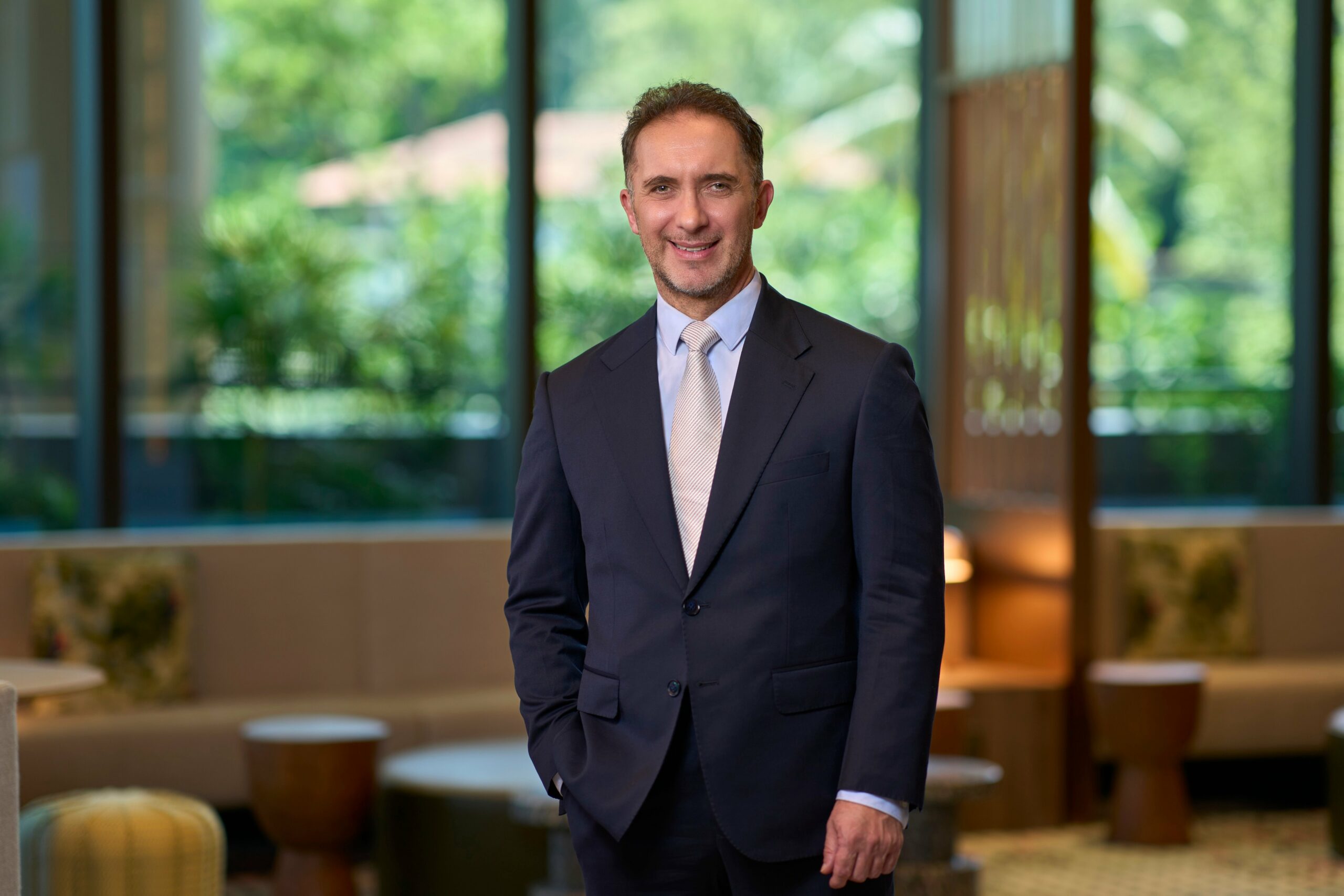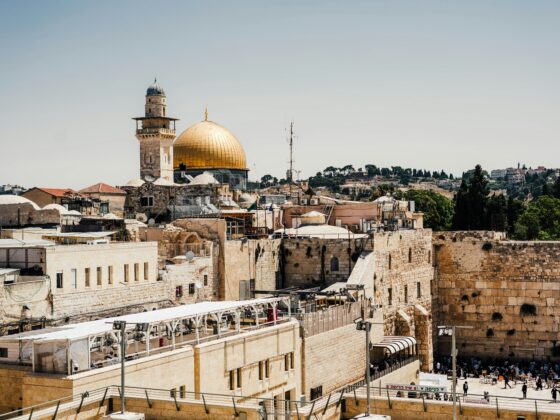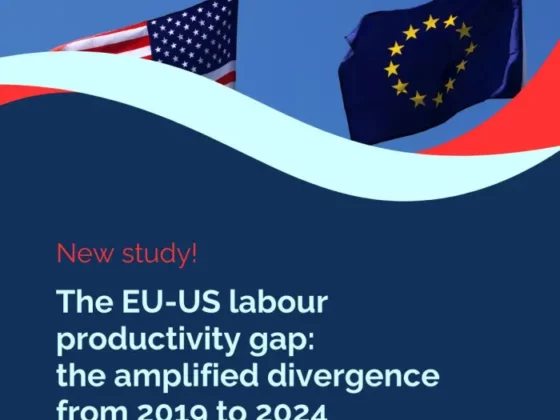
In the lead up to the Future Hospitality Summit – FHS World 2025, taking place at Madinat Jumeirah in Dubai from 27-29 October, we asked several industry partners about what’s next for hospitality investment in line with this year’s event theme: “Where Vision Leads, Investment Follows.”
The hospitality industry stands at a defining moment. While demand has rebounded strongly since the pandemic, who is travelling, for how long, and for what purpose has become far less predictable, and the profile of today’s traveler is becoming more fragmented.
Investment in hospitality must be guided not just by short-term market cycles, but by a vision for how people will live, work, and travel in the coming decades. Business nomads, leisure explorers, long-stay residents, and multi-generational families each seek different forms of space, services, and flexibility. In this shifting landscape, the central challenge for industry lies in designing investment strategies that are resilient to evolving traveler behaviors while creating long-term value.
The last three years have also revealed just how quickly traveller patterns can shift. A pandemic, supply chain disruptions, and geopolitical instability have all demonstrated that the most carefully laid forecasts can be overturned in a matter of months. What has endured, however, is the traveller’s demand for choice. Flexibility has become a baseline expectation, and the hospitality industry must respond with models that can stretch across demographics, travel purposes, and lengths of stay.
The evolution of a multi-typology brand strategy is crucial for meeting changing travel patterns. This means catering across a spectrum of hospitality assets; hotels, serviced apartments, resorts and branded residences. This flexibility between short and long stays allows us to serve a wide range of clientele, from families and business travellers to digital nomads. Against the backdrop of shifting geopolitics and trade uncertainties, the Middle East is increasingly drawing international travellers, and in select cases, professionals and entrepreneurs from Asia, Europe, and North America who are considering more permanent or semi-permanent relocation. These guests aren’t necessarily looking for hotels, they’re seeking accommodations with enough space to work, play, and unwind, often with kitchen amenities for example, multi-typology strategy and flex-hybrid model is ideally suited to meet those preferences.
This demand is particularly evident among younger generations who are rewriting the rules of travel. Millennials and Gen Z are more likely to combine business and leisure, to stay longer in a destination, and to seek out community and experience alongside convenience. For them, the question is not simply “where will I stay?” but “how does this place fit into the way I want to live while I am here?” This shift has profound implications for how hospitality assets are designed, operated, and financed.
A flexible hospitality model allows conversion between short- and long-stay formats, strengthening asset resilience by sustaining occupancy even during softer demand periods. Unlike a traditional hotel, a flex-hybrid concept gives owners more adaptability, appealing to both transient and extended-stay guests while keeping the product agile to market shifts. Importantly, this versatility extends to the asset’s long-term value: owners retain the option to convert into residential units, sell individually or in bulk, or repurpose the property in multiple ways, rather than being locked into a single hotel use.
The principle “where vision leads, investment follows” suggests that forward-looking strategies are the true drivers of capital. In hospitality, vision must extend beyond building assets to building ecosystems, places where different living and travel typologies converge.
Investors are already signaling appetite for such models. Mixed-use developments that integrate hospitality, residential, retail, and workspace are attracting premium valuations. Similarly, flexible lodging formats that blur the line between hotel and home are seeing stronger investor confidence because they hedge against seasonality and macroeconomic shocks.
Looking ahead to 2026 and beyond, the opportunity lies in embracing this adaptability more fully. Travellers are telling us, with their choices, that they want spaces that mirror the way they live; fluid, flexible, and connected. They are less concerned with whether they are in a hotel or a serviced apartment than with whether the accommodation supports their lifestyle. For the industry, this is a clear signal. Meeting demand is no longer about building more of the same; it is about creating properties that can shift and adapt in real time to the needs of different guests.
The vision, then, is simple but powerful: hospitality that reflects the complexity of modern travel rather than resisting it. Investment follows that vision naturally, because assets that are adaptable, resilient, and future proof will always be more valuable than those bound by rigidity. In an era of uncertainty, multi-typology strategies offer certainty of another kind – the assurance that whatever shape travel takes next, hospitality will be ready to meet it.
Anne Bleeker
In2 Consulting
+971 56 603 0886
The Bench






